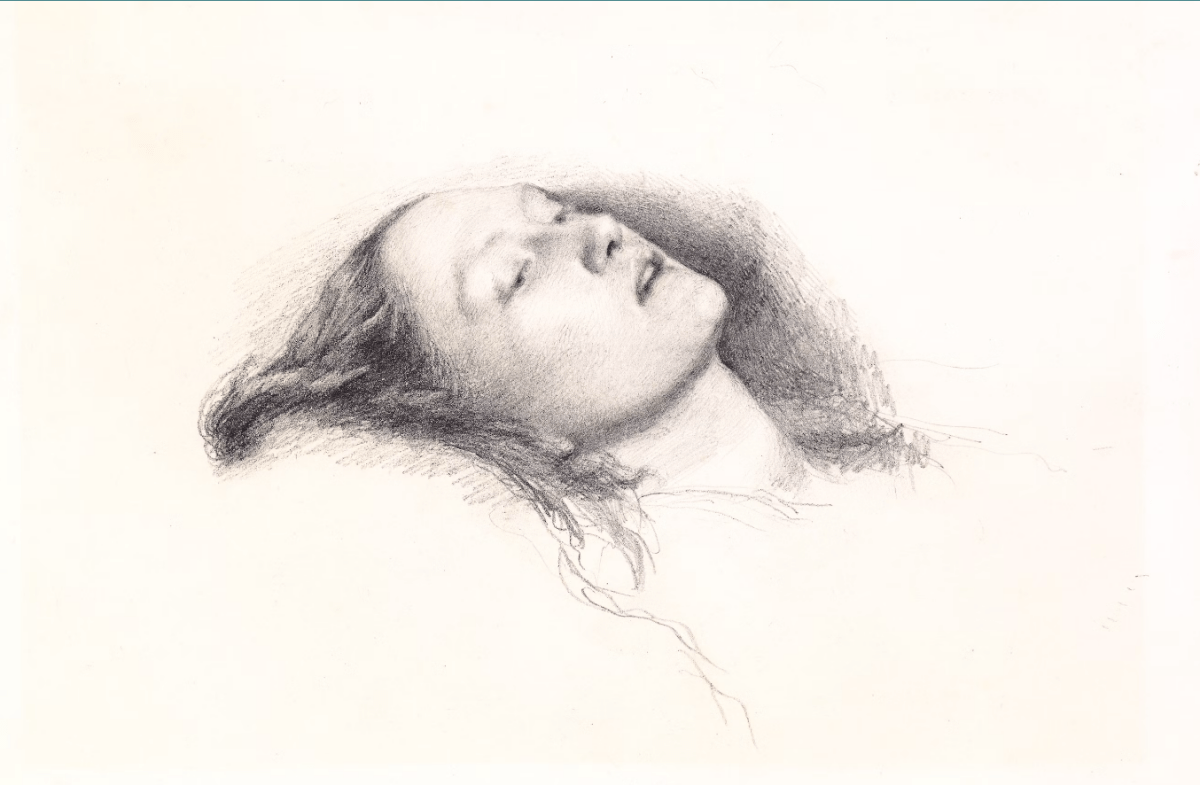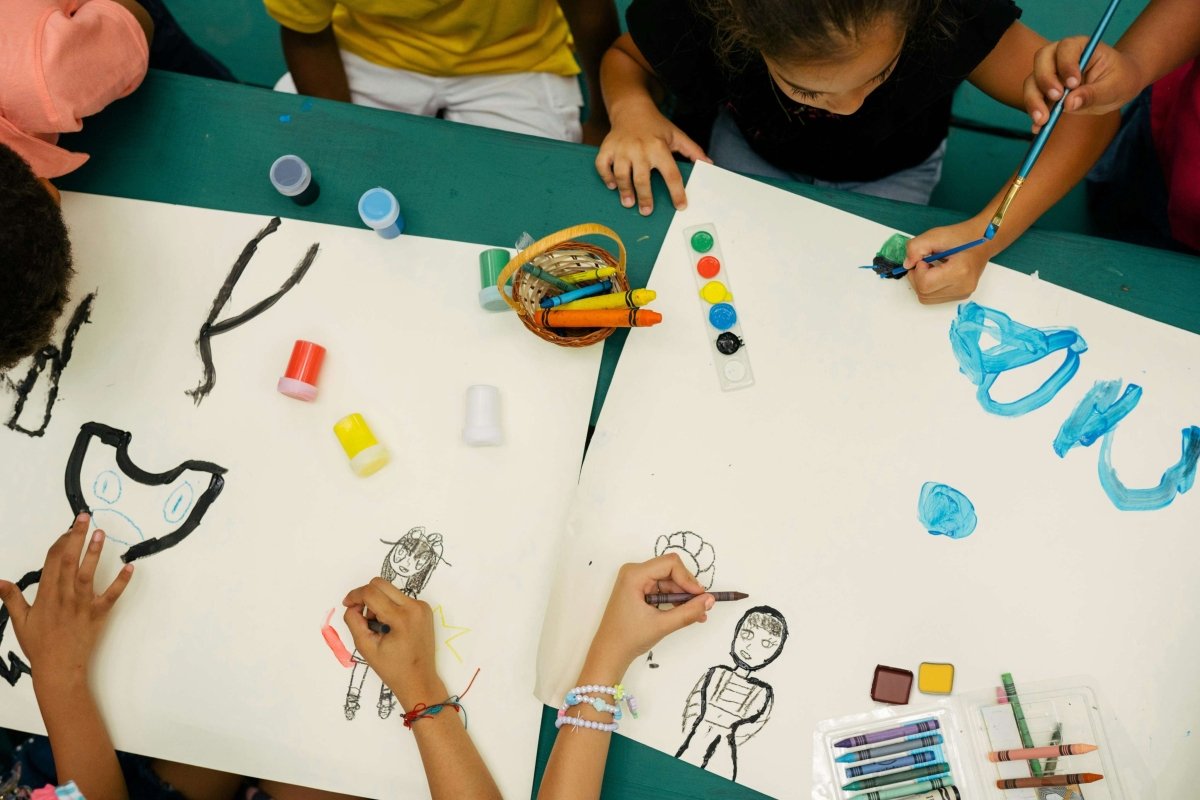Stages of Drawing from 0 to 18 - Drawing Development in Children

In most sports, how good you are is measured in something like elo (in chess) or belts (like in judo); however, this is much harder to do when it comes to art. Still, harder doesn’t mean impossible.
The best way to examine this is to examine the stages of drawing. Drawing is so great because kids start drawing before doing anything else, and they do it consistently for years so that you can see the progress if you’re careful enough.
Now, if you googled about kids playing music at certain ages, you surely wouldn’t take Mozart, who made his first composition at five, as a reference point. We’ll do the same thing here. Sure, some kids develop their artistic talents more quickly than others, and every now and then, there’s a prodigy throwing the whole system off; however, for now, we’ll talk about the averages.
With that in mind, here’s what a median child who is passionate about drawing will be able to create with their pencil by the time they’re at the age of…
3-Year-Old Drawings

This is the so-called scribbling stage. Here, they can’t really control the pencil, which is why everything they draw comes out as random scribbles. Kids begin to make simple marks on paper but do not form recognizable shapes or figures.
This is an incredibly important period in their development since it’s when they learn to actually leave a mark on the paper without crumpling it or ripping it.
Also, this is the most peculiar out of all stages of drawing. Why? Well, because while everyone knows about it, most people wouldn’t exactly describe it as a stage.
4-Year-Old Drawings
Next, you have the so-called pre-schematic stage. This happens when children start to draw more controlled lines and shapes.
hey may attempt to represent objects with basic shapes, such as circles or squares, but the drawings are still largely unrecognizable. This is the main reason why a lot of people have trouble when comparing the scribbling and the pre-schematic stage. To them, these stages of drawing development are nearly indistinguishable.
This is also the stage where they might start to draw "tadpole" figures, which are circular shapes with lines representing limbs. This is a slow introduction to the next major stage of drawing.
5-Year-Old Drawings

The reason why this is such a huge milestone in kids’ development as artists is because this is when they’re starting to draw basic human figures.
At this age, children can draw a basic human figure, often resembling a "tadpole" person with a large head and lines for arms and legs. They start to include more details like eyes, a mouth, and sometimes hair. It sounds simplistic, but when you think about it, even artists who create some of the most detailed paintings of women start by adding lines representing long hair to a “tadpole” person.
6-Year-Old Drawings
Most children start adding more details to their drawings and paying more attention to the composition. This is when kids start adding elements such as fingers, toes, clothing, and even basic environmental elements like a sun or a tree.
Their drawings become more organized and intentional, which is why this is the right time to start advising them on the technique and even giving them some assignments. If your kid is a bit more advanced, this is the time when you can get them invested in a unique and custom paint by numbers for kids and see how well they do. Here, the creative part of the work will be cut out for them and they’ll be able to focus just on the technique.
7-Year-Old Drawings

The age of seven is crucial in the developmental stages of drawing because it’s a period of emerging Realism. At this stage, children start to create more recognizable scenes.
They begin to understand spatial relationships, showing objects about each other. Drawings include more detailed human figures with necks, bodies, and more appropriate limb proportions. Drawing hands is the easiest way to see this since, in earlier stages, they are always either disproportionally large or disproportionally small. Here, they’re still off, but not by that much.
8-Year-Old Drawings
At eight, kids start creating more refined human figures and environments. Children’s drawings become more refined, with figures showing more accurate proportions (even more accurate than in the previous period).
They start representing scenes with a foreground and background, and their drawings include more complex compositions and storytelling elements. In other words, they start seeing drawing as a storytelling medium. This concept eludes many artists, and it prevents them from seeing the bigger picture.
9-Year-Old Drawings
According to specialists from Number Artists, the age of nine is roughly when kids start paying much more attention to detail and structure. Sure, we’ve mentioned this already. Drawings at this age show a greater emphasis on accuracy and detail. This, however, is one of the more sensitive drawing milestones, seeing as how it’s the age at which a lot of kids start taking drawing a lot less seriously.
They start replicating real-world objects and scenes with more precision, including features like facial expressions, clothing details, and realistic proportions. Then, when their depiction doesn’t turn out as great as they had hoped for, they get disheartened and abandon drawing entirely. This is where a parent should step up with a bit of encouragement.
10-Year-Old Drawing

While the difference between ten and nine doesn’t seem that significant, this is where realistic representation really kicks off. Children begin to focus on realism and start adding shading, depth, and perspective to their drawings, which makes them much more complex. Kids who are really talented
They can draw more complex figures and scenes with greater accuracy, including proper spatial relationships and finer details. This is when they’ll start creating independent masterpieces but it’s also a period where they can still develop with the use of some of the more advanced but easy-to-use paint by numbers for kids new to painting images.
14-Year-Old Drawings
Now, we’re making a bit bigger leap into the period known as adolescent realism and experimentation. This is a stage where an artist is almost fully mature, but they’re still looking for their voice. At this stage, young artists explore different styles and techniques.
They focus on refining their ability to draw realistically, often experimenting with different mediums, shading techniques, and perspectives. At this point, they’re at an age where they can fully grasp these abstract concepts. Their work shows a greater understanding of anatomy, light, and shadow.
18-Year-Old Drawings

Now, we enter the age of adulthood, the age of their mature artistic expression. By 18, young adults typically have a developed sense of style and artistic identity. Their drawings can range from highly realistic to abstract, depending on personal preference.
They have a strong grasp of proportion perspective and can skillfully use various techniques to convey emotion and depth in their work. The latter part is especially why understanding the history of art is so important.
While some kids go through stages quickly, no stage can be skipped
The reason why understanding the stages of drawing skill development is so important is because growth always happens in these stages. Sure, some kids develop quicker, but they still have to go through all these stages, and there’s no skipping. So, by understanding stages, you’ll also develop a better understanding of their roadmap.



